‘It might kill off the whole industry’: What’s at stake as US-China tariff war hits Southeast Asia
Even as Southeast Asia struggles with access to the US market, the region will be hit hard by a “tsunami of Chinese goods”, predict experts. The programme When Titans Clash quizzes thought leaders on US behaviour, China dumping and more.
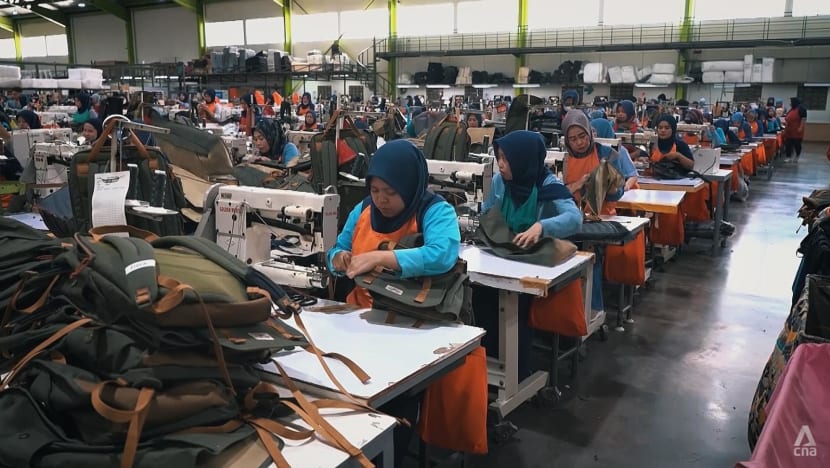
Pressure on textile companies in Indonesia is growing, as the United States’ tariffs and imports from China squeeze the industry on both sides.

This audio is generated by an AI tool.
SINGAPORE/KUALA LUMPUR/JAKARTA: Amid rising tariffs under United States President Donald Trump, and their impact round the world, Singapore Institute of International Affairs chairman Simon Tay laments a “tragic story” that is unfolding in Southeast Asia.
Tariffs of up to 271 per cent have already hit the solar industry in the region, where the manufacturers are almost all from China because of Chinese companies’ technological advantage.
The US announced these anti-dumping tariffs on solar imports from Malaysia, Thailand, Cambodia and Vietnam in November. The move had been in the making for months, and it meant a slowdown in the solar firms’ production until factories started closing.
Jinko Solar, one of the largest solar manufacturers in China — and the world — shut down its Penang plant last year after spending US$800 million to build the facility in 2015. It had created more than 1,000 jobs and a multiplier effect on the local economy.
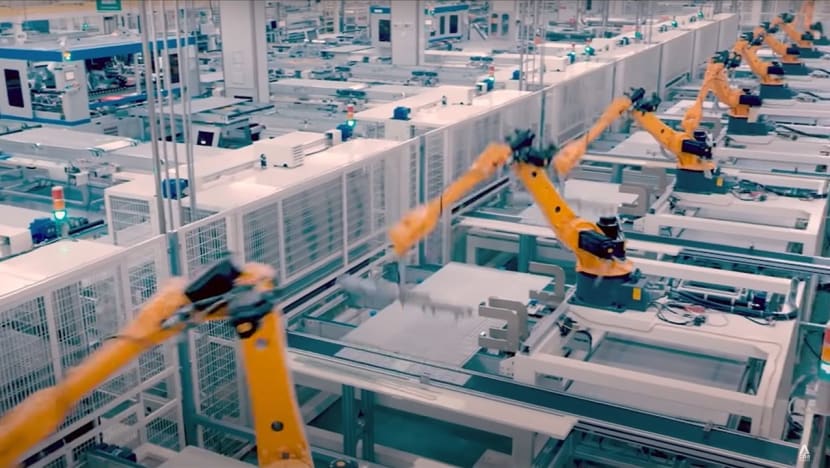
Chinese solar companies Risen Energy and Longi Green Energy Technology Co have also scaled back operations in Malaysia.
And as tariffs continue to expand under the Trump administration, Tay describes what is happening with solar panels as a “tragedy”.
“The technology actually came from America. Chinese have learnt to do it more cheaply and (at) pretty high quality. And that’s been the formula … since the end of the Cold War,” he says.
“America inventing, China learning how to produce … with other Asian countries more cheaply — that’s benefitted so many people. And … facing climate change, don’t you think the world would benefit from cheaper but good solar panels?”
Instead, US policies are having a detrimental impact on Malaysians and others in the region.
“It’s pretty bad,” says Malaysian Photovoltaic Industry Association president Davis Chong. “Some of the companies (had) just started to expand their Southeast Asian facilities, like (in) Malaysia, to capture the US market.
“So (the tariffs) will impact Malaysia’s solar panel manufacturing industry a lot. It might kill off the whole industry.”
Chinese solar manufacturers have also announced plant shutdowns in Vietnam and Thailand.
And even as the US negotiates trade deals with dozens of countries amid its tariff pause announced last week, there is the issue of American tariffs on China and its impact on Southeast Asia.
For example, about 25 per cent of Malaysia’s total exports go to China. So the escalating US-China tariff war pulls down Malaysian exports.
WATCH: US-China tariff war — What will Southeast Asia's manufacturers stand to lose? (46:55)
The programme When Titans Clash looks at what the region’s manufacturers stand to lose and how the Association of Southeast Asian Nations (ASEAN) can weather the storm.
UNFAIR ACCUSATION, SAYS INDUSTRY CHIEF
In Malaysia, the new tariffs are set to adversely impact many industries, including textiles, furniture, rubber and plastics, Malaysian Prime Minister Anwar Ibrahim said last week.
In the US, some politicians believe the tariffs will isolate China and block its use of third-party countries to ship cheap made-in-China products, including solar panels, to America.
They say Chinese companies have been using ASEAN countries as a cover for some time now. But it is a political accusation and not a fair one, opines Chong, as local businesses and workers add value to the manufacturing process.

“The silicon wafer (for solar cells) comes from China. Then you need to process it (for it) to become the final solar panel,” he says.
“There are a lot of semiconductor processes needed. … A lot of test assembly manufacturing processes (and) source materials have already been localised.”
There was a time when the US was a stronghold for solar module manufacturing, accounting for around a quarter of global solar module production in the early 2000s. But by 2010, Chinese manufacturers had gained comparative advantage globally.
While the US has a huge trade deficit now, Tay says it is “false thinking” to expect to make America great again by bringing that number down.

“But we need to assuage this by having China and other ASEAN countries (that) have a surplus with America start to figure out how (to) buy American goods? And they’ve been doing it for some time,” he says.
“What else does America have to sell? And that’s where I think, fundamentally, (in) America, the CEOs have to look themselves in the face. How much have they hollowed out the industrial capacity of America?”
What some countries such as Vietnam have suggested doing is to also reduce their tariff and non-tariff barriers in negotiating trade deals with the US.
But Victor Gao, chairman of the China Energy Security Institute and vice president of the Centre for China and Globalisation, decries the use of tariffs as “an instrument of political power against other countries”.
“Mankind, as a whole, needs to realise the real motivation of the United States,” he says.
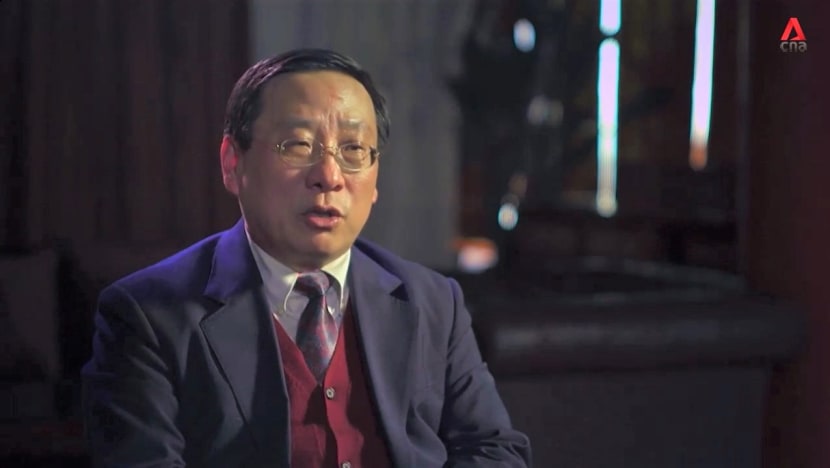
IMPENDING SURGE IN CHINESE IMPORTS
On the other hand, Southeast Asian economies are also being squeezed by Chinese exports. And with the US tariffs imposed on China, policy experts warn of more headwinds.
“We’re about to be hit by a tsunami of Chinese goods for various reasons. One is the slowdown (in domestic demand) in China,” says former Indonesian trade minister Mari Pangestu, who is deputy chair of Indonesia’s National Economic Council.
“More importantly, … the goods that were originally supposed to go to the US will have to find new markets. And the obvious markets are in this part of the world.”
In Indonesia, the textile industry is already facing intense competition. According to Indonesian Fibre and Filament Yarn Producers Association estimates, 60 textile companies closed between 2023 and last year and as many as 250,000 workers were laid off.
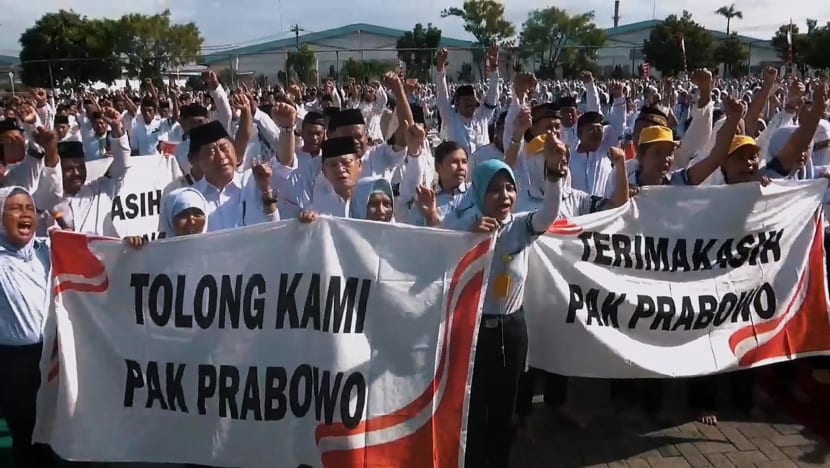
With other companies enforcing unpaid leave or reducing the number of working days or hours, the total number of workers affected could be 800,000, estimates the association’s chairman, Redma Gita Wirawasta.
Even Indonesia’s largest textile company, Sri Rejeki Isman (Sritex), saw its fortunes decline. In 2020, it reached nearly US$1.3 billion in sales and posted a net profit of US$85 million. But this March, it ceased operations following bankruptcy, leaving about 10,700 workers jobless.
“The problem with Sritex is almost the same with other companies, because the market is flooded by China fabrics,” says Redma, adding that the competition is not only in the domestic market but also the export market.
“We know that some brands like Mango, Zara, Nike, Adidas, H&M … had to cut their production in Indonesia because they also have to compete with China products in US and also in Europe.”

China is the world’s largest garment exporter, with its textile and garment shipments hitting US$301.1 billion last year. Textiles are not the only sector Indonesia worries about, however.
China’s total exports last year rose to a record US$3.58 trillion. And its largest export market since 2023 has been ASEAN, with last year’s annual value reaching US$586.5 billion.
Whether the goods are toys, homeware, party accessories or in the high-tech arenas of batteries and electric vehicles, China leads in these industries and more.
It boasts of being the only country with industries across all categories in the United Nations industrial classification system — “a country with a complete industrial chain”, cites Wang Yiwei, the director of Renmin University of China’s Institute of International Affairs.
“China can produce everything, from matches to rockets, from satellites to MSG (monosodium glutamate), from nuts to aircraft carriers. … Whatever China decides to produce, its price will become cheap as cabbages.”

HOW ASEAN CAN “KEEP SWIMMING”
The increase in imports of all sorts of low-cost Chinese goods in Southeast Asia has been aided by Chinese e-commerce platforms such as Temu, Shein and Lazada, which is owned by Alibaba.
And to manage the pressure on local manufacturers, countries are responding. Vietnam, for example, suspended the operations of Temu in December.
Thailand, meanwhile, has identified 58 products including furniture as targets for anti-circumvention duties. It has already imposed a tariff on some steel products from China.
The kingdom also introduced a 7 per cent value-added tax last July on imported goods below 1,500 baht (US$45). It led to a 20 per cent reduction in imports in this category, mostly from China, by December.
Malaysia, too, is taking steps such as the enforcement of anti-dumping duties. And in Indonesia, the government has said it would look at imposing duties of up to 200 per cent on some Chinese imports, including textiles.
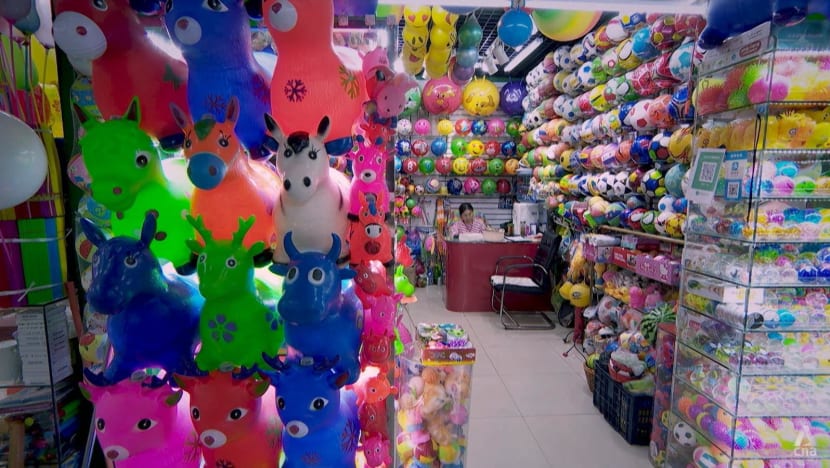
Indonesia has also banned Temu for fear that small enterprises in Southeast Asia’s largest economy might be “destroyed”.
Gao, however, hopes the region will not close the door on “highly efficient” e-commerce platforms. “I don’t think it’s worthwhile to pick a fight with the emerging technologies,” he says.
“Maybe the better way is to understand the change in doing business … and embrace those platforms and applications that you may eventually choose with the purpose of increasing efficiency, … lowering the price for the consumers.”
It is not just in Southeast Asia, however, where there are concerns about Chinese exports. Countries such as Brazil, Chile, India and Mexico have imposed anti-dumping penalties on some Chinese exports.

What ASEAN can also do is “have a dialogue” with China to share the bloc’s worries and find solutions, suggests Mari, who recalls going through the same issue as trade minister during ASEAN-China Free Trade Area discussions previously.
“The conclusion was, okay, we need to increase investments (from) China to produce here. So I still think that’s a valid argument,” she says. “Now we should come together as ASEAN.”
With the US overtaking China, however, as ASEAN’s biggest export market last year — and with access to an increasingly protectionist America under threat — the bloc’s member states must also deal with Trump’s tariffs.
A proactive approach is needed here too, says former Malaysian deputy minister of international trade and industry Ong Kian Ming. “This would entail Malaysia … preparing certain value propositions that we can put forth to the Trump administration.
“For example, … Malaysia can be a good player in the critical mineral supply chain,” he cites. “We already have a critical minerals processing plant in Lynas. We should be, I think, open to more investments in this area.”
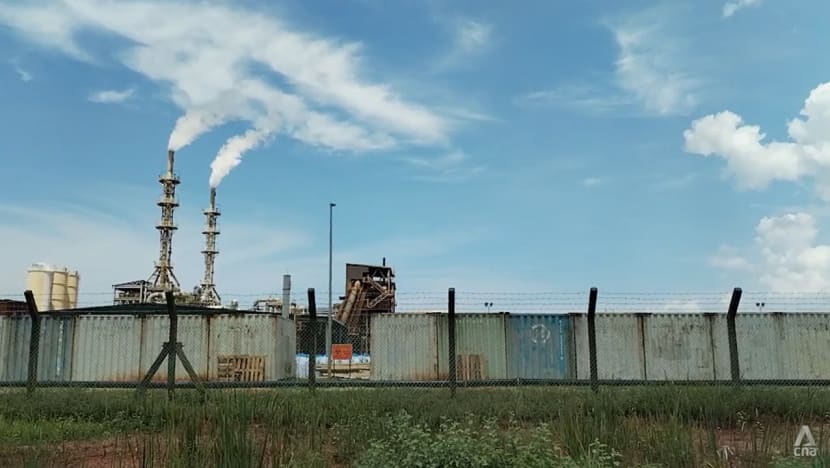
Several countries in the region have rare earth deposits and have said they are open to investments in this space from all countries.
China, meanwhile, placed export restrictions on seven categories of rare earths — much needed for defence and technology — as part of its response to US tariffs this month.
Countries like Indonesia are also trying to deepen their other trade relations. Discussions on the Indonesia-European Union Comprehensive Economic Partnership Agreement, for instance, are ongoing.
“This is a very important part of our strategy — to do trade diversification, especially with the Europeans,” says Septian Hario Seto, executive secretary of Indonesia’s National Economic Council and former deputy minister of investment and mining coordination.
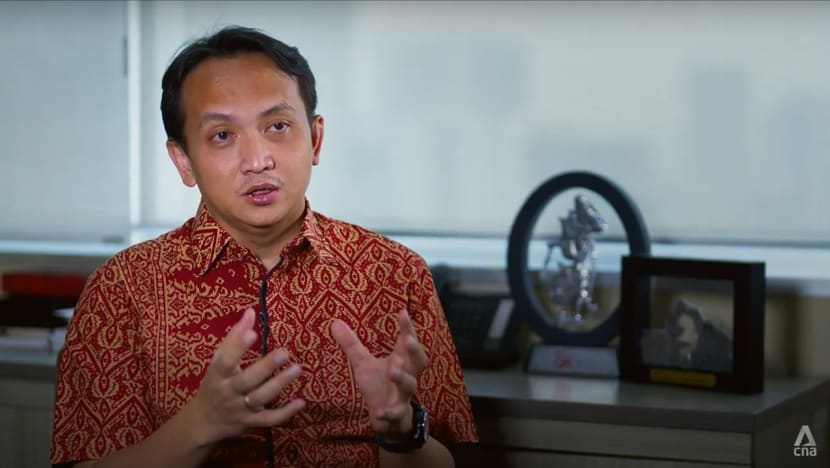
His colleague Mari thinks Indonesia is resilient enough to navigate the external headwinds. “We have the domestic market as the base for our growth,” she says.
“And if we can use our domestic resources to increase the efficiency and competitiveness of Indonesia and create jobs, I think we’ll still be able to grow at 5 per cent (this year).”
Ong is also “cautiously optimistic” about Malaysia and the region’s growth trajectories.
“What’s happening in the US may give even more reason for global companies … to invest in ASEAN because of our stability, because of our growing domestic markets, because of our increasing income per capita,” he cites.

Regional integration, rather than “Trumpian views”, must take hold more deeply, stresses Tay. “(ASEAN countries) have got to work with willing partners who see the same thing, … who are facing certain dilemmas as well,” he says.
“ASEAN has swum with the tide. When globalisation was strong, … ASEAN moved fast. We’re now swimming against the tide, but we’ve got to keep swimming.”
Watch this episode of When Titans Clash here.





















